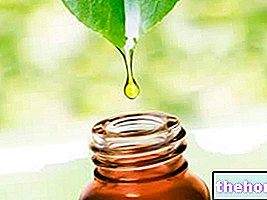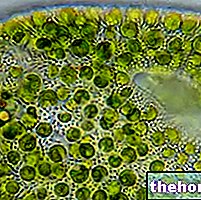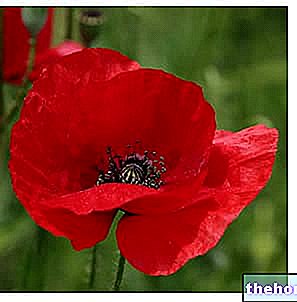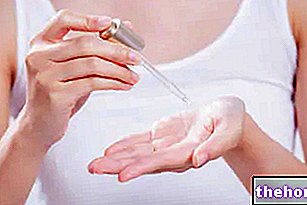
Scientific name
Pinus sylvestris
Family
Pinaceae
Origin
Central-southern Europe
Synonyms
Scotch pine or Scotch pineParts Used
Drug consisting of a group of conical gems. However, essential oil obtained from pine needles (ie from pine leaves) and purified essential oil of turpentine are also used in the medical field.
Chemical constituents
The chemical constituents of pine buds are:
- Essential oil (0.2% -0.5%), the main components of which are bornyl acetate, alpha-pinene and limonene;
- Coniferoside;
- Bitter substances (pinicrin);
- Ascorbic acid.
The main components of the essential oil obtained from pine needles, on the other hand, are: alpha-pinene, carene, camphene, beta-pinene, limonene, myrcene, cineol, linalool and bornyl acetate.
As for the purified essential oil of turpentine - obtained by steam distillation of the oleoresins of P. sylvestris - the main chemical constituents are: alpha-pinene (70-87%), beta-pinene (17-27%), hulls, limonene, camphene, linalool and myrcene.
Pine in Herbalist: Property of the Pine
Pine needles, in the form of infusion, syrup or tablets, have a diuretic but above all balsamic action; this last action, together with the expectorant one, is mainly carried out by the essential oil, rich in monoterpenes, obtained by steam distillation.
For external use, terpenes have muscle decontracting and antirheumatic activity.























-nelle-carni-di-maiale.jpg)




